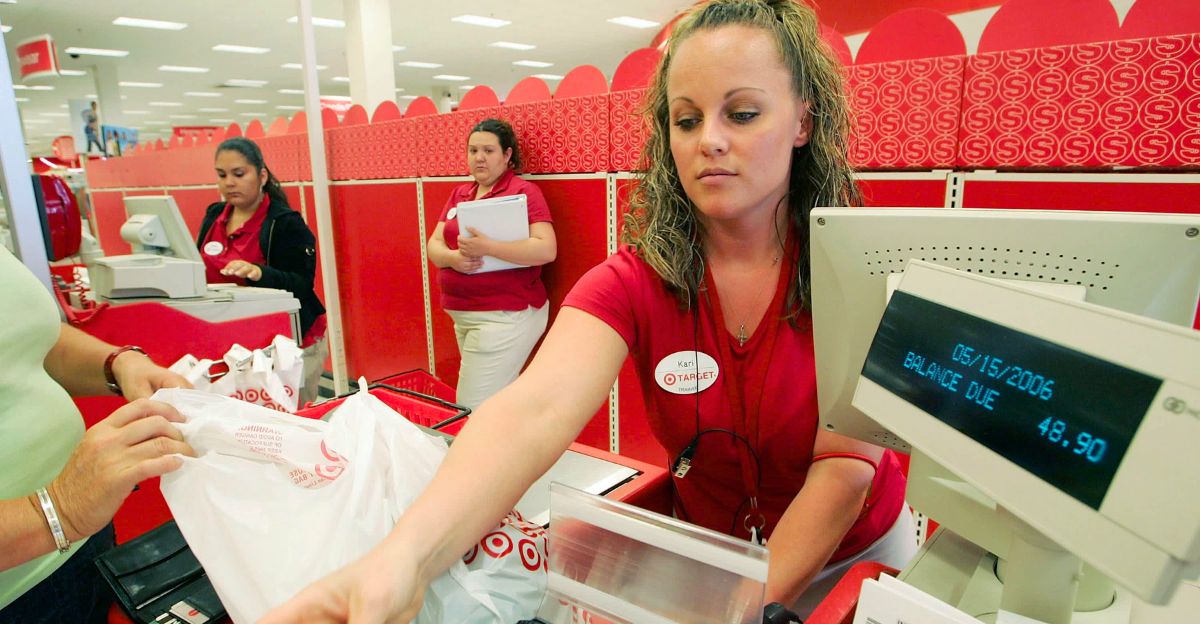
One of America’s biggest retailers eliminated a popular money-saving program millions of customers have relied on for over a decade. According to Forbes, Target officially ended its competitor price-matching policy on July 28, marking the close of a 12-year program that let shoppers get Amazon and Walmart prices without leaving Target stores. The change affects all 1,800+ Target locations nationwide and represents one of the most significant retail customer service policy shifts in recent years. Industry watchers say this could fundamentally change how American families approach comparison shopping during an already challenging economic period.
Customer Budgets Take Hit as Retail Benefits Disappear
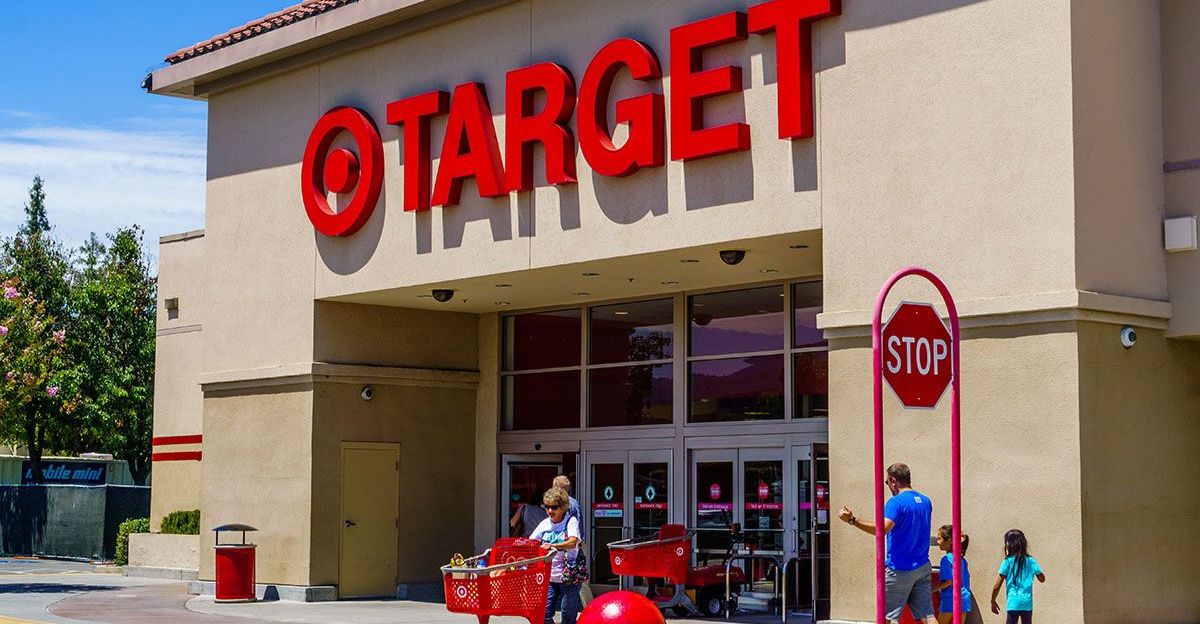
The timing couldn’t be worse for families already struggling with rising costs. CBS News reports that shoppers have increasingly turned to price-matching programs as a lifeline, with many saving hundreds of dollars annually by leveraging these policies during major purchases. Research shows that Target prices run about 13% higher than Amazon and 8% above Walmart on identical items, according to pricing analysis. With consumer confidence falling for five months, USA Today notes that families are scrambling to find new ways to stretch their shopping dollars as traditional cost-saving tools vanish.
How Target Built Its Price-Matching Reputation Over 12 Years
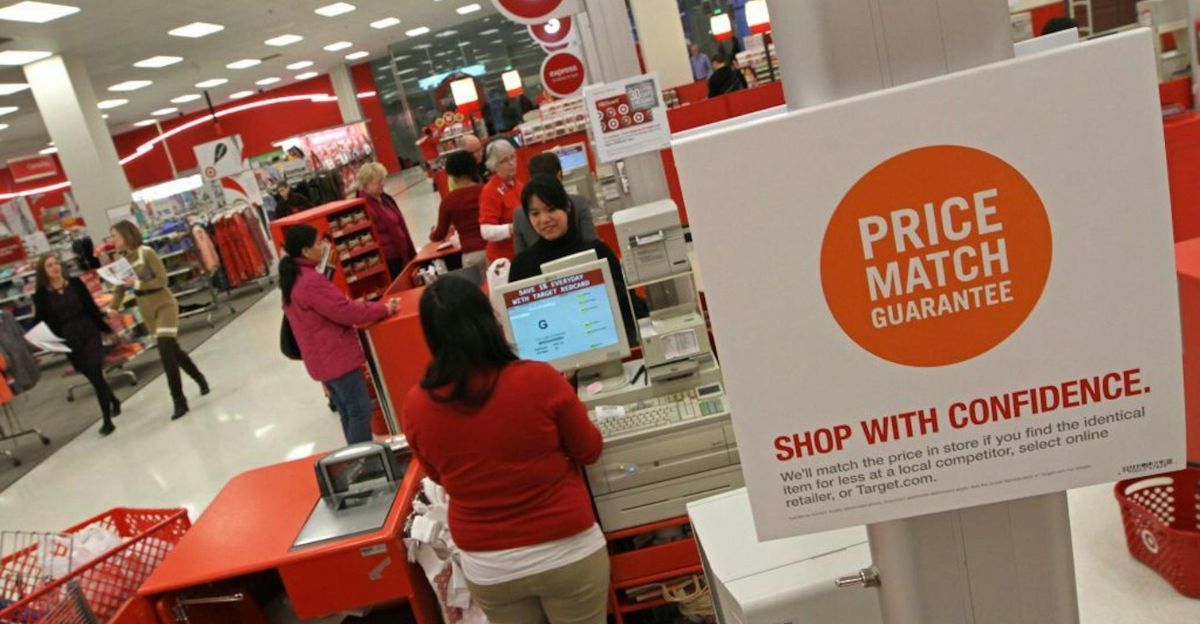
Target’s price-matching program started in 2013 under then-CEO Gregg Steinhafel, who promised the policy would give Target “unbeatable value” compared to rivals. The New York Times explains that customers could request price matches within 14 days of purchase if they found identical items cheaper at Amazon, Walmart, or other approved competitors. This aggressive approach helped Target compete during the rise of online shopping, when customers could easily compare prices on their phones while standing in stores. Kiplinger reports that the policy became so popular that it was often cited as a key reason loyal customers chose Target over other retailers.
Financial Struggles Force Target to Cut Customer Perks
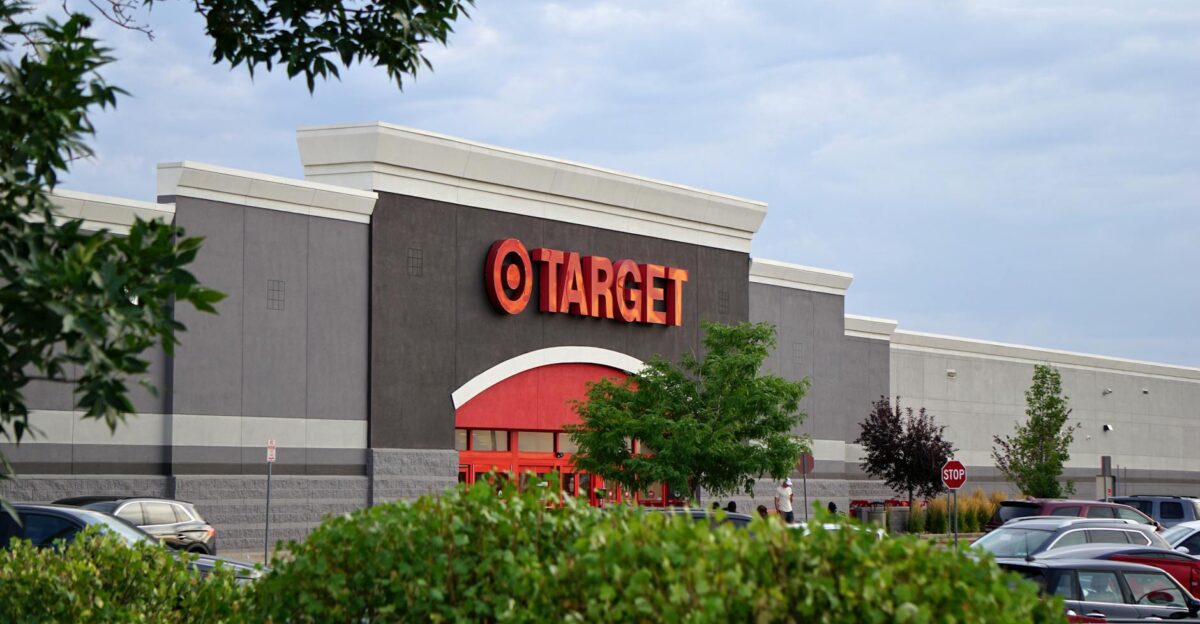
Target’s decision comes as the retailer faces its worst financial performance in years. CNN reports that the company posted disappointing first-quarter results with sales dropping 2.8% to $23.8 billion, while comparable store sales fell 3.8% compared to last year. CEO Brian Cornell has repeatedly cited “tariff uncertainty,” rising theft, and increased operational costs as significant headwinds. Forbes notes that Target’s stock has plummeted 25% year-to-date, putting pressure on executives to find cost savings wherever possible, even eliminating popular customer benefits.
Target Officially Ends External Price Matching After 12 Years
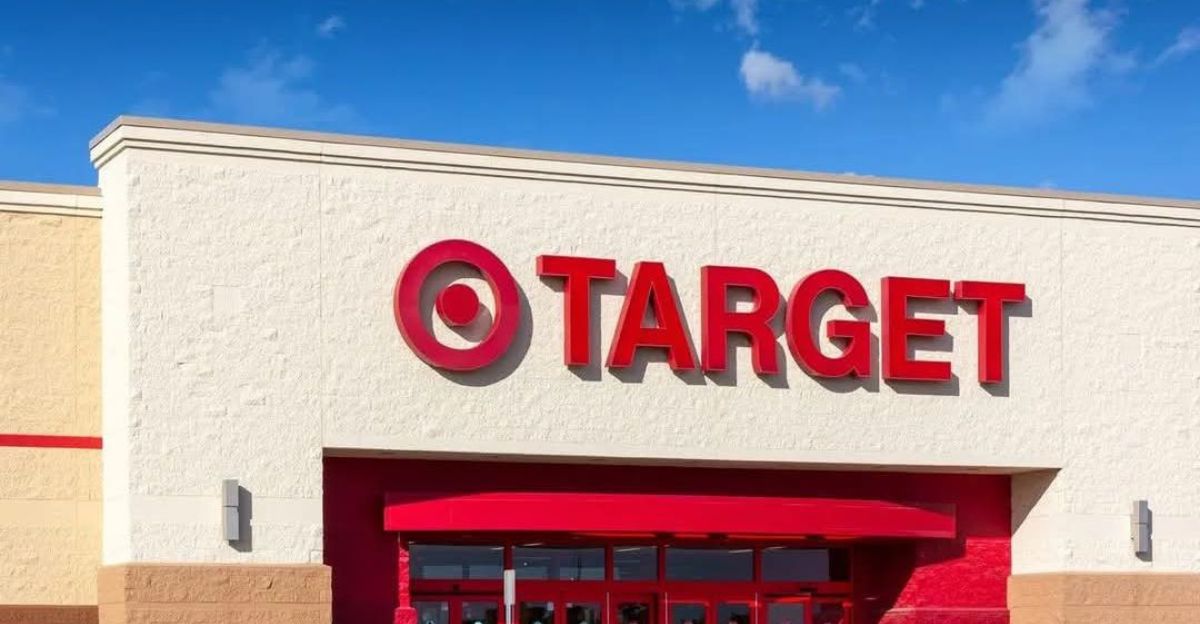
On July 28, 2025, Target confirmed to CBS News that it would no longer honor price matches from competitors Amazon and Walmart. The policy now only applies to price differences between Target’s stores, website, and mobile app. A Target spokesperson told USA Today that company data showed “guests overwhelmingly price match Target and not other retailers,” which they say justified the change. This puts Target in line with most major competitors, since Amazon never offered price matching and Walmart discontinued its competitor matching program in 2019.
Rural and Suburban Shoppers Feel the Impact Most
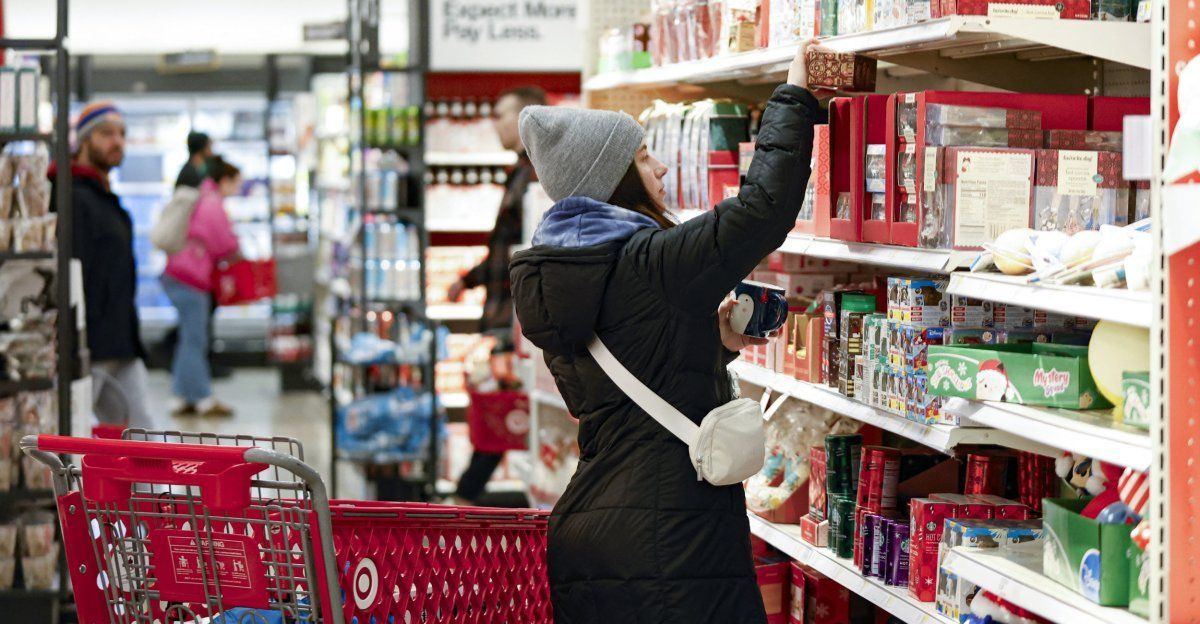
Regional analysis shows that the policy change hits some communities harder than others. Straight Arrow News found that customers in smaller markets where Target primarily competes with Walmart express the most concern about losing pricing flexibility. Local economist Paul Traub told WXYZ in Detroit that shoppers in areas with limited retail competition will be “disproportionately affected” by the change. The Independent reports that many customers in suburban and rural areas relied on Target’s price matching to avoid long drives to multiple stores for the best deals.
Customers Share Frustration Over Lost Shopping Benefits
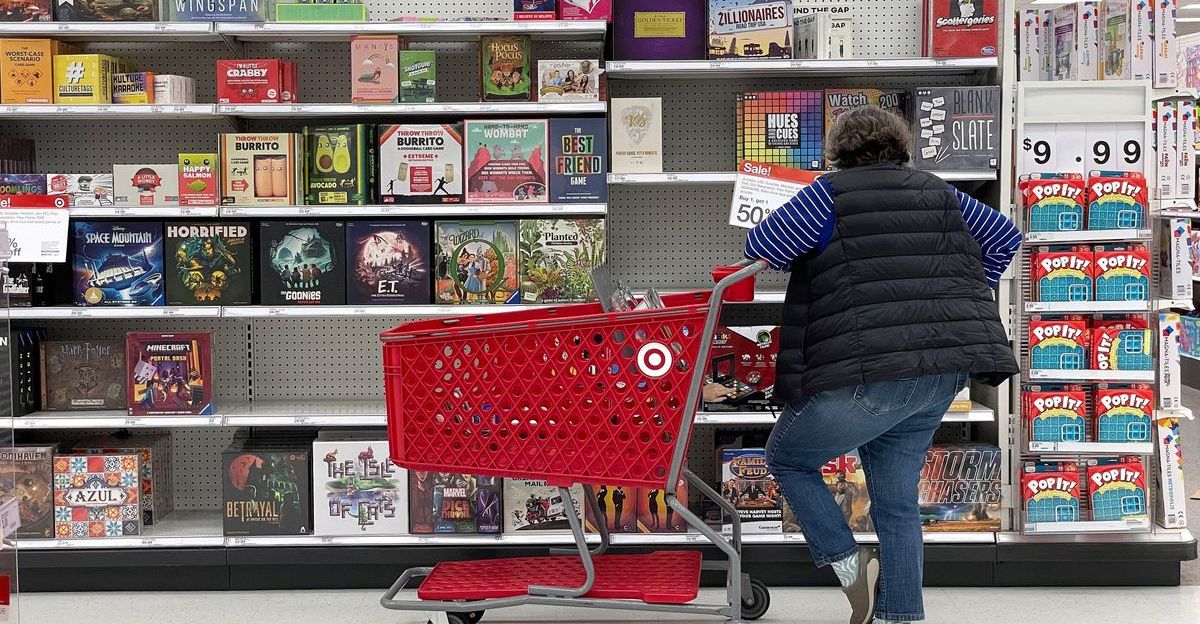
Early reactions from shoppers have been overwhelmingly adverse. WXYZ interviewed several Target customers, including Gloria Murray, who said, “I did not know that. That’s sad.” Another shopper, Gary Coppen, told the station the change could definitely alter his shopping habits: “Things are hard enough as it is. You need to make sure that you can get value.” Reddit discussions in consumer forums show many longtime Target fans saying they’ll switch to competitors or spend more time comparison shopping online before making purchases.
Target Loses Competitive Edge as Other Retailers Keep Price Matching
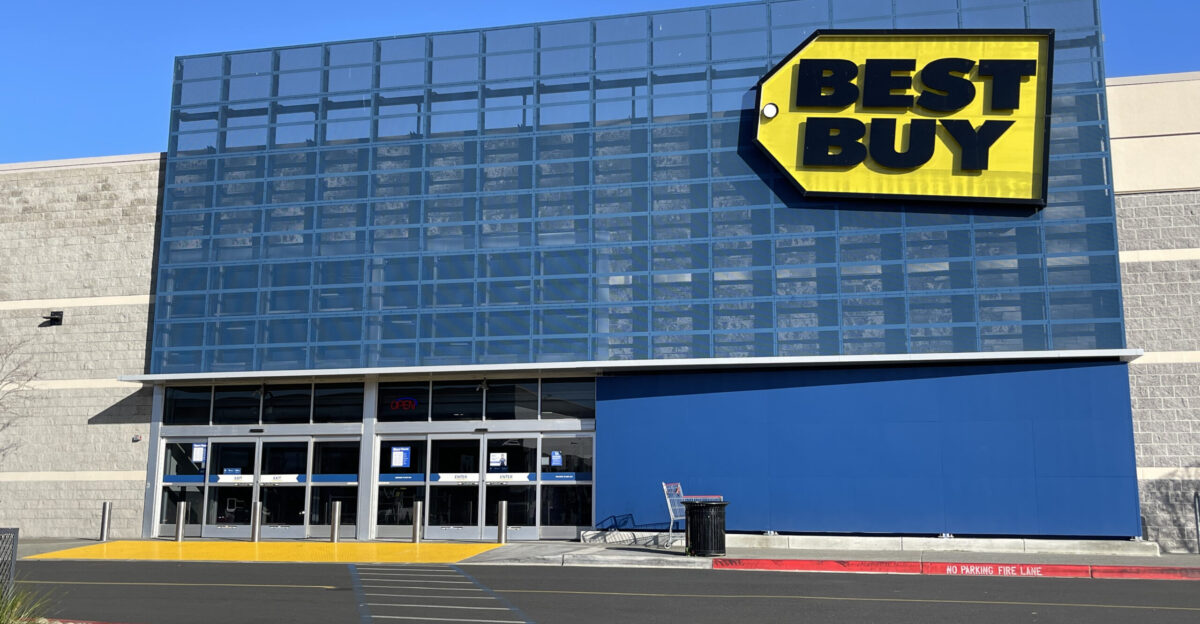
The decision disadvantages Target compared to several major competitors that still offer external price matching. Business Insider reports that Best Buy, Home Depot, Lowe’s, Cabela’s, and other large retailers continue to match competitor prices to attract and retain customers. This creates an opportunity for these rivals to capture price-conscious Target shoppers who value the policy. Forbes analysts suggest that Target may have miscalculated the importance of price matching as a customer acquisition and retention tool, especially during tough economic times.
Retail Industry Shows Pattern of Reducing Customer Benefits

Target’s move reflects a broader trend of retailers pulling back on customer-friendly policies. According to Kiplinger, Walmart eliminated its price-matching program in 2019, citing similar reasons about low customer usage rates and operational complexity. Industry experts say that as profit margins get squeezed by rising costs and increased competition, retailers are looking to cut services they view as expensive to maintain. Men’s Journal notes that this gives retailers more pricing flexibility but potentially alienates customers who have come to expect these services.
Technology Changes How Shoppers Compare Prices Anyway
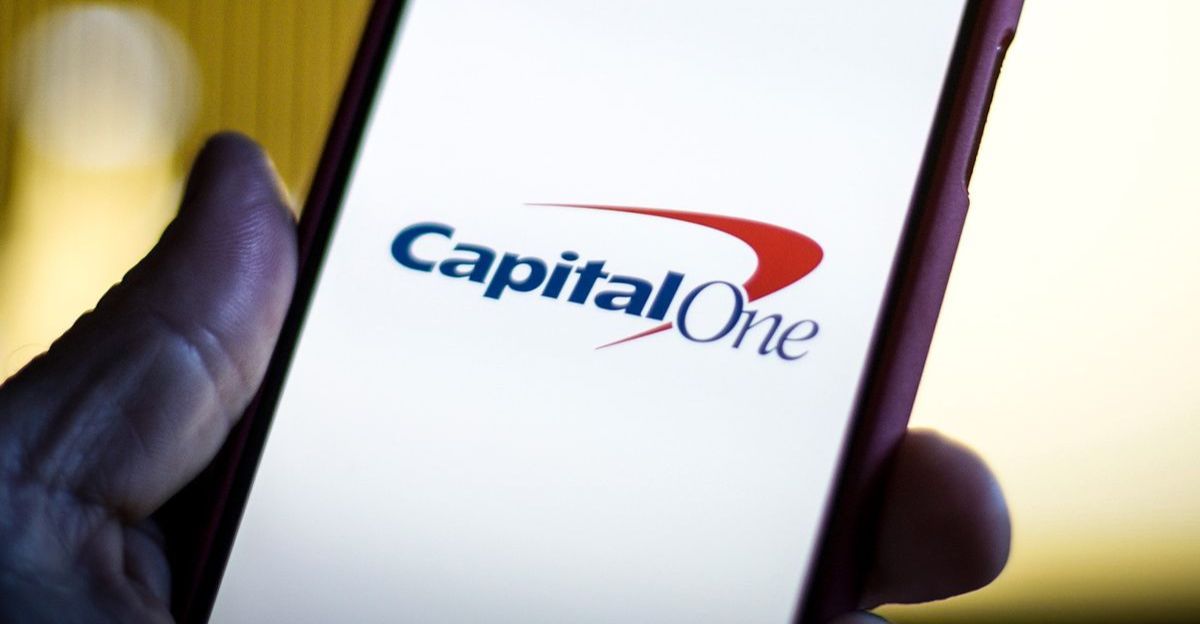
Many customers may not realize how dramatically price-comparison technology has evolved since Target launched its price-matching program in 2013. Modern smartphone apps like Capital One Shopping, Honey, and ShopSavvy now provide instant price comparisons across dozens of retailers with just a few taps. Browser extensions automatically alert online shoppers to better deals elsewhere. This technological shift means that formal price-matching requests may have become less common, even with increased price comparison shopping. The convenience of these digital tools could help some shoppers adapt to Target’s policy change.
Internal Challenges Compound Target’s Customer Service Problems
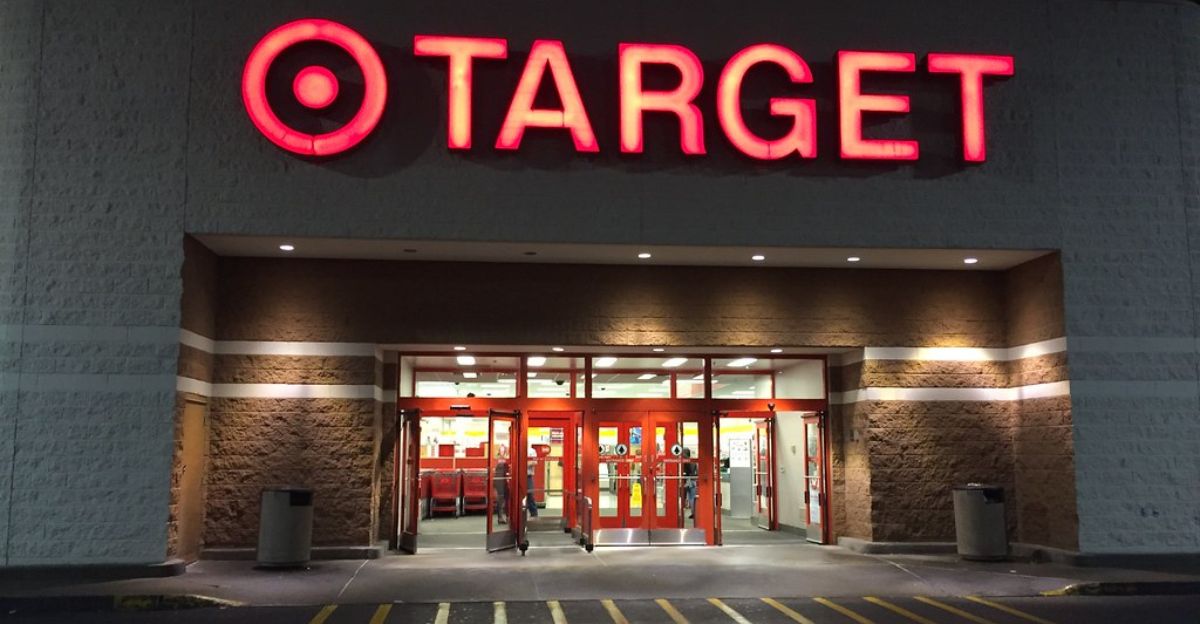
Target’s policy elimination is particularly challenging for the company’s relationship with customers. The retailer has faced sustained boycotts and criticism following its decision to roll back diversity, equity, and inclusion initiatives earlier in 2025. People of Color in Tech reports CEO Brian Cornell had to send internal memos to calm employee concerns about the backlash. Foot traffic data from Placer.ai shows Target experienced 11 consecutive weeks of declining store visits, with analysts linking some of this directly to customer dissatisfaction with corporate decisions.
Leadership Shakeup Signals Broader Operational Changes
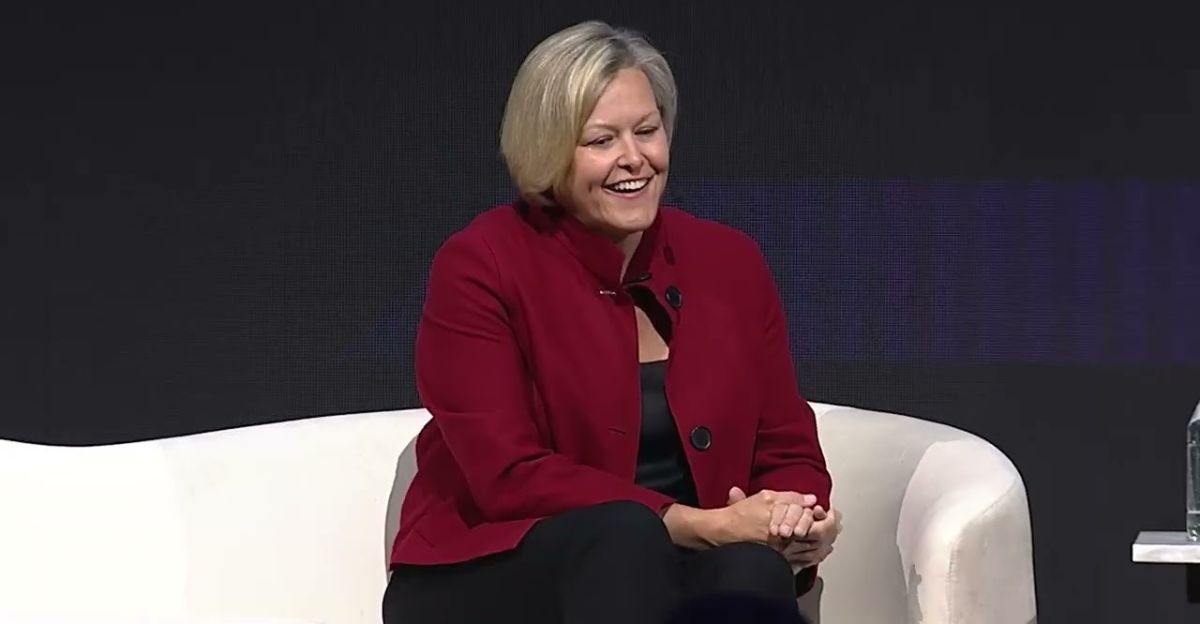
The price-matching decision coincides with significant leadership restructuring at Target headquarters. CNBC reports that the company created a new “Enterprise Acceleration Office” to speed up decision-making and growth initiatives. Chief Strategy and Growth Officer Christina Hennington announced she’ll transition to an advisory role before leaving in September. These management changes suggest Target recognizes that major operational shifts are needed to address declining performance, even if it means eliminating services that customers value.
Target Bets Big on Low-Price Items and Digital Services
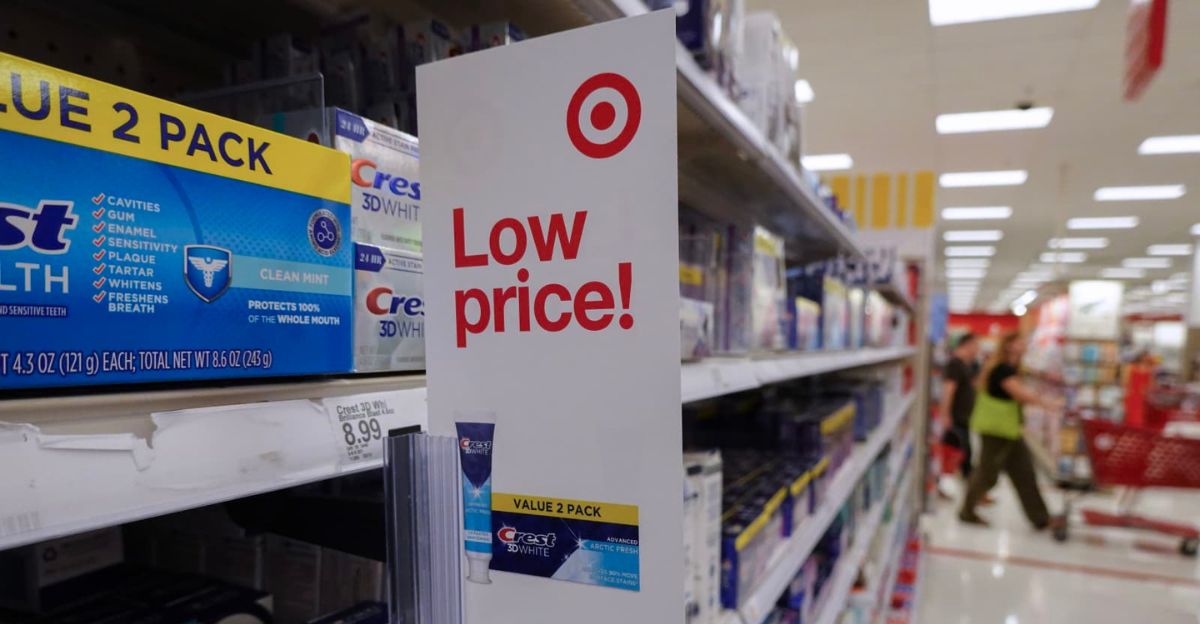
Rather than compete on price matching, Target is trying different strategies to attract budget-conscious shoppers. Fast Company reports that the retailer is introducing 10,000 new products starting at just $1, with most items priced under $20. The company is also investing heavily in same-day delivery and digital shopping features, which showed 4.7% growth even as in-store sales declined. CEO Cornell told investors that Target must “drive traffic back into stores” through improved value perception and customer experience, rather than relying on price matching as a competitive tool.
Retail Experts Question Whether Strategy Will Work
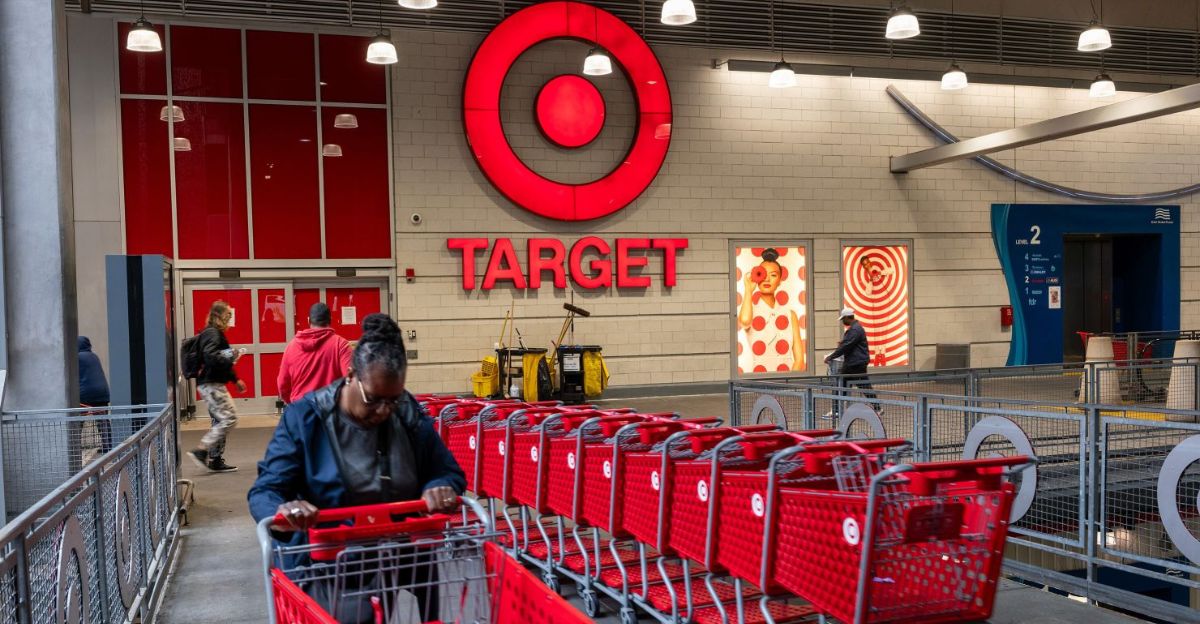
Industry analysts remain skeptical about Target’s approach to winning back customers. GlobalData analyst Neil Saunders told USA Today that while ending price matching helps Target be more “financially disciplined,” it puts enormous pressure on the company to ensure competitive pricing without the safety net of being able to match rivals. Some experts worry that eliminating customer-friendly policies while facing boycotts and declining traffic could accelerate customer defection to competitors. Wall Street appears cautious, too, with Target’s stock performance lagging well behind other major retailers this year.
Price Matching’s Future Depends on Customer Response
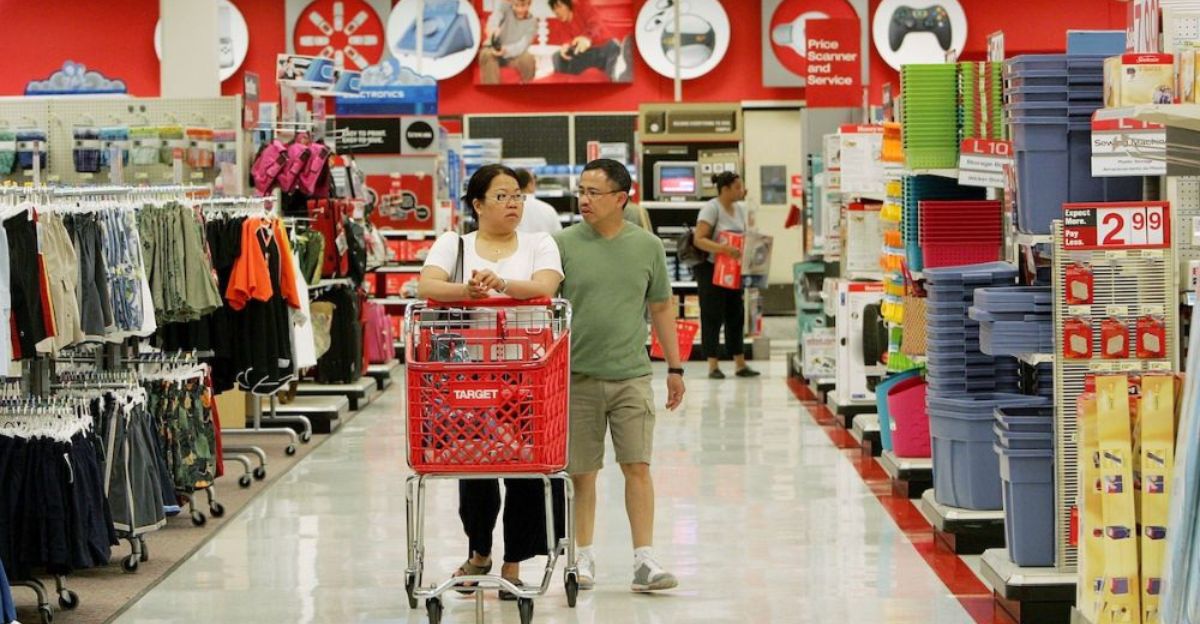
Target’s elimination of competitor price matching raises essential questions about the future of customer service in retail. Will other major chains follow Target’s lead and drop these expensive programs, or will competitors use continued price matching to steal market share? As families deal with inflation, potential tariffs, and economic uncertainty, retailers that find the right balance between profitability and customer value may determine whether services like price matching survive or disappear altogether. For millions of American shoppers already stretching every dollar, Target’s decision could be the push they need to change where and how they shop for good.